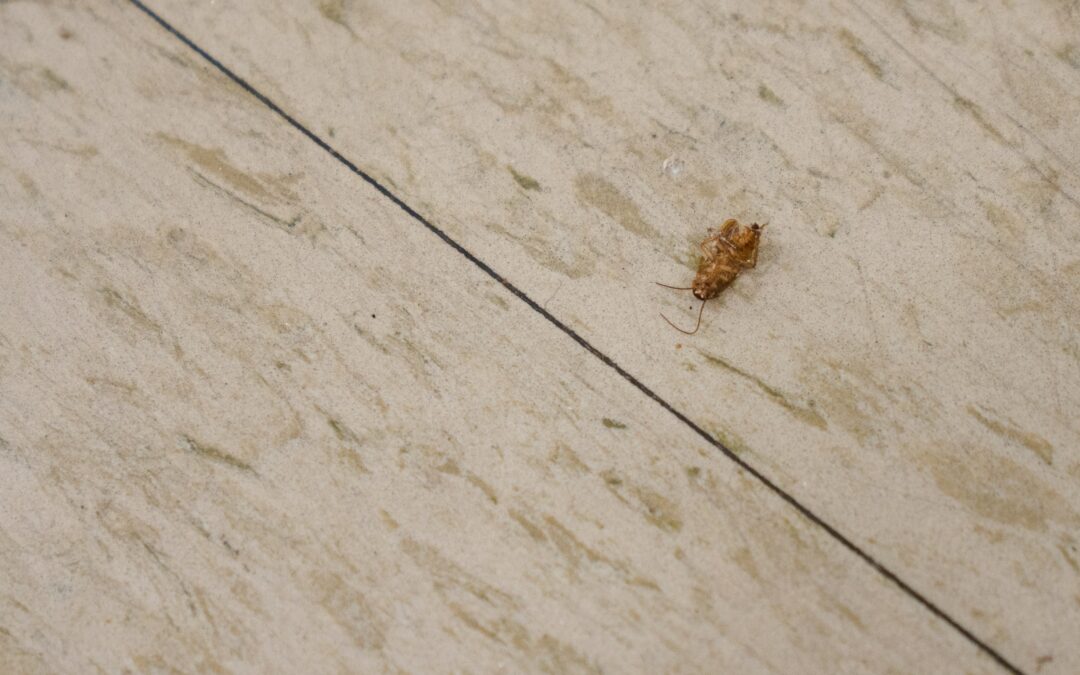Cockroach pests are difficult to eliminate within infested homes and buildings for a variety of reasons, such as their resistance to most insecticide formulations and their habit of dwelling within inaccessible indoor locations where they cannot be directly targeted for extermination. Their activity cycle also makes cockroach pests difficult to eliminate from infested homes, as cockroaches become active at night when most humans are fast asleep. During the daytime, cockroach pests remain quiet and largely inactive within dark and moist harborages located in areas such as wall voids, attic spaces, dark storage rooms, and ventilation ducts. During the dark of night, cockroaches become active, but most remain hidden while a small number forage in open living spaces.
Indoor cockroach pests become active during the late night or early morning hours, but the exact time in which they emerge varies depending on when humans shut off lights before going to sleep. Indoor cockroach pests are able to perceive lights shutting off at night, and they habitually emerge to forage after this takes place. This is why most indoor cockroach encounters occur at night when humans get up to use the bathroom or indulge in a late night snack. Once cockroach pests become active at night, they spend a four hour period foraging in open living spaces, which is more than enough time for foraging cockroaches to gather enough food for an entire indoor roach population of moderate size. In heavily infested homes, foraging cockroaches may be unable to gain the necessary amount of food to feed an entire population. In these cases, foraging cockroaches will also emerge in open living areas during the day in order to secure additional food sources. When indoor cockroach populations decrease in size as a result of control efforts, the remaining cockroach pests react by remaining solely within their daytime hiding spots, but they will continue to forage at night.
Have you ever encountered cockroaches at night within a seemingly roach-free home?

